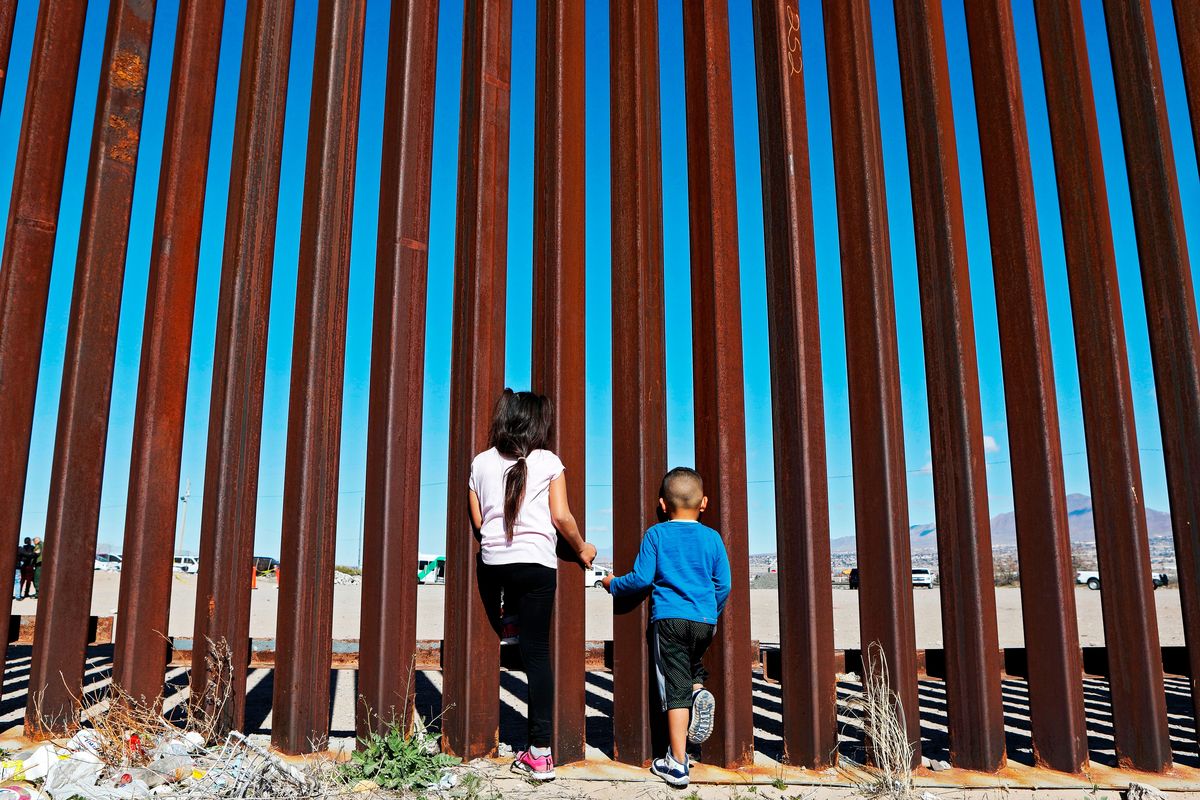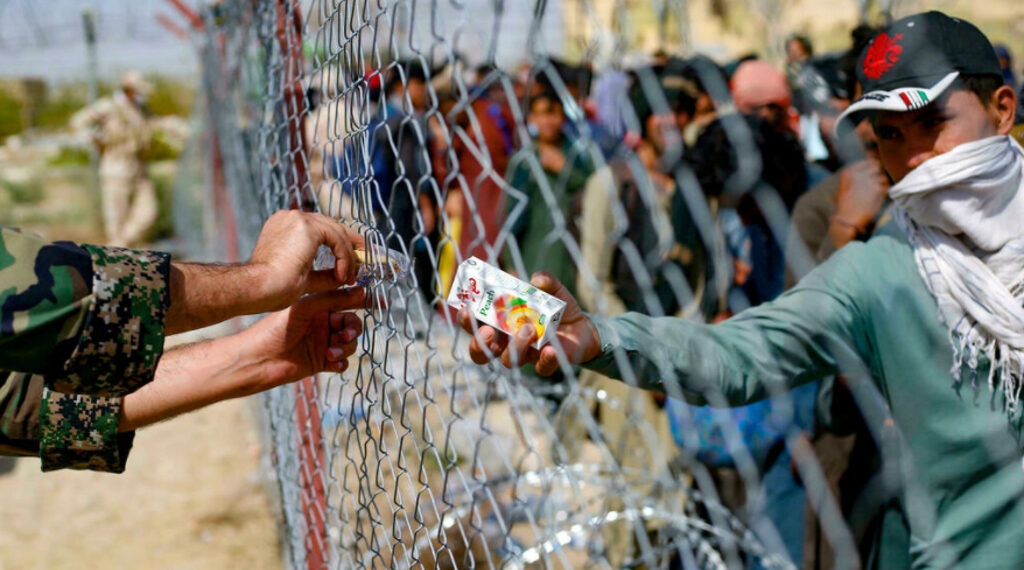A few years ago over dinner in Helsinki, I declared to my Swedish traveling companions, “I think people should be allowed live in whatever country they choose to live. I mean if we can decide to live anywhere in the world, why shouldn’t someone escaping gang violence or climate change in, say, South Sudan or Honduras, have the right to relocate to a more stable nation?”
Well, my bold statement did not go over too well with the Swedish couple. They countered by citing the heavy economic burden that immigrants — legal and otherwise — have placed on their country’s generous welfare system, and how a city like Malmo has been “overrun” with Muslims refusing to adapt to Sweden’s culture by importing their own customs.
I understand and respect their arguments and even their fears, but since that night in Finland I’ve become even more entrenched in my beliefs. Like the singer Bruce Cockburn sings in his song, “If I had a Rocket Launcher,” “I don’t believe in guarded borders. And I don’t believe in hate.”
Whose Borders?
And whose borders are we discussing exactly? Years ago I reported on the emerging Latino middle class in southern Idaho for the newspaper High Country News. I began the piece with this quote: “We did not cross the border, the border crossed us.”
In 1848, the Treaty of Guadalupe Hidalgo ended the Mexican-American War to the advantage of the victorious United States and established the Rio Grande River as the US-Mexican border while ceding all of Mexico’s claims to what was then the Republic of Texas. Mexico was also forced to sell its ownership of California and many other western states to the US for a mere $15 million, essentially doubling the size of the United States while cutting Mexico’s landmass in half.
And let us not forget the forced resettlement of Native Americans far from their sacred lands to desolate reservations. Why respect those artificial boundaries that were the results of one-sided treaties?
The United States has a long tainted and brutal history of violating borders. Witness in recent years the drone attacks in sovereign nations anywhere in the world, often killing entire families whose only “crime” was to be in the wrong place at the wrong time. There is not a border in the world that can repel our military escapades.
This applies not only to an increasingly militant and armed presence in the United States regarding the treatment of thousands of migrants trying to enter the US at the southern border but also to many borders around the world. Heavily patrolled fences and minefields have replaced compassion and magnanimity.

In the recent book Midnight’s Borders, A People’s History of Modern India, author Suchitra Vijayan spent seven years traversing India’s 9,000-mile contested and shifting perimeter that it shares with six countries.
Those borders that led to the two separate nations of Pakistan and India were hastily drawn up in just seven weeks in 1947 by British lawyer Cyril Radcliffe. The attorney had never set foot in India and, as Vijayan recalls, Radcliffe “had very little knowledge of the vast continent he was tasked to partition. The maps and census data he worked with were out of date; there was no time to get the details right, and no time to inspect.” He didn’t stick around to witness the bloodbath between Muslims and Hindus that his newly drawn map set into motion.
If he were alive today he would observe that those rather arbitrary lines he drew on paper are now demarcations of misery for the many families in Pakistan and India who long to visit each other without restrictions. Those wishes might never be granted. India is in the process of laying mines along the entire 1,800-mile border that separates Pakistan and India. Vijayan writes that, “Mines were planted in farmlands, and civilians were forced to leave the area.” The 1997 Mine Ban Treaty that was signed by 122 nations was never signed by India, Pakistan, Russia China, and the United States.
Movement of Humanity
Yet, fences, walls, and even mines cannot over time repel the timeless movement of humanity. Note the demise of the Berlin Wall, the ineffectiveness of the fences along the US southern border, and the crumbling state of the Great Wall of China that is now simply a tourist site.
As climate change forces people to risk life and limb to search for water and arable land, and as families continue to flee political violence to find safe haven, these politically-constructed borders must cease to matter.
While visiting migrants at a refugee camp in Lesbos, Greece, this past week, Pope Francis said, “I am here to see your faces and look into your eyes. Eyes full of fear and expectancy, eyes that have seen violence and poverty, eyes streaked by too many tears. The remote causes should be attacked, not the poor people who pay the consequences and are even used for political propaganda. Please, let us stop this shipwreck of civilization.”
This can only happen if we push back against a growing and dangerous worldwide nationalistic urge, tear down our own prejudices, our own self-imposed borders, if you will, and begin to view others not as unwashed invading masses, but as fellow citizens of this beleaguered planet who seek the same comforts we enjoy: food, shelter, safety and, above all, hope for a better future.
Disclaimer: The views and opinions expressed here are those of the author and do not necessarily reflect the editorial position of The Globe Post.























